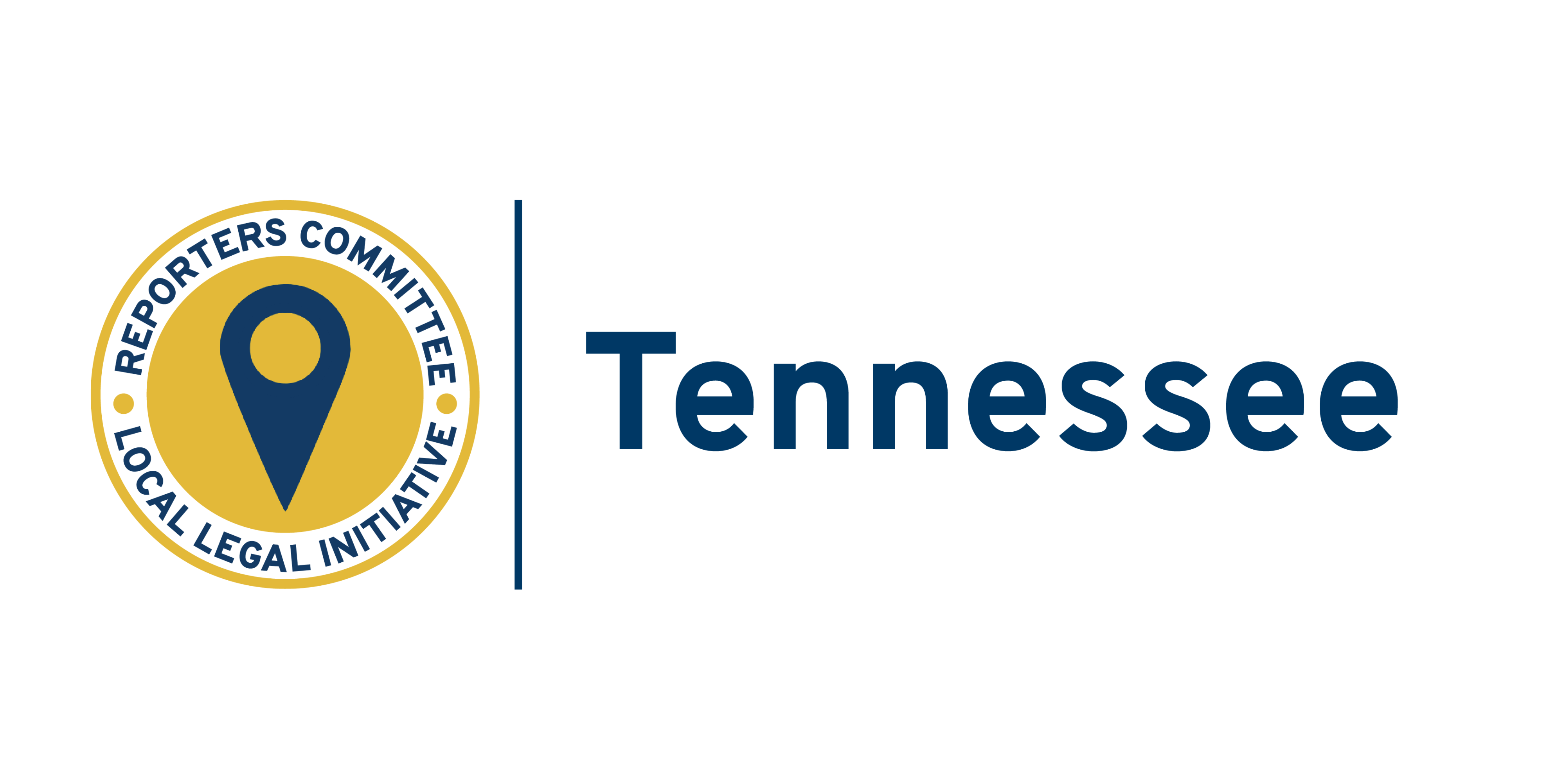On the Docket: Tips for staying safe, avoiding arrest when covering protests

This column was originally published in the August 2024 issue of The Tennessee Press, the official publication of the Tennessee Press Association.
We are now just a few months away from the 2024 general election. While most presidential election years tend to ratchet up the political tension across the country, this one feels particularly fraught, with Americans fiercely debating foreign wars, immigration, abortion and more.
It’s an unsettling time for journalists, especially those assigned to cover protests. We have already seen many demonstrations in cities and on college campuses across the country, including here in Tennessee. As the election approaches and the political temperature continues to rise, it’s likely that we’ll see more of them pop up. And if they do, journalists could encounter dangerous situations on the streets.
Journalists have historically faced the greatest threats to their safety when reporting on civil unrest. So in this column, I wanted to help you understand your rights at protests and provide some tips on how to stay safe and avoid arrest.
Know your rights
I’ll begin by noting that journalists don’t have special rights. Generally speaking, you are subject to the same laws as everyone else.
If you are complying with the law, police officers may not target you to prevent you from exercising your First Amendment right to observe, photograph and record in public places. While journalists can be arrested for trespassing or disobeying a valid order to disperse, law enforcement officers may not arrest you in retaliation for coverage they perceive as critical or to prevent you from reporting on a public demonstration.
Before the protest
Now that we’ve got some of the basics out of the way, let’s imagine your editor just assigned you to cover a nearby protest that is expected to draw a large crowd and a significant police presence. What should you do to prepare?
For starters, try to find a local criminal attorney who will be on call during the protest. Your newsroom may be able to help you identify a lawyer, or you can contact the free Legal Hotline operated by my colleagues and me at the Reporters Committee for Freedom of the Press for possible assistance finding legal support.
Once you’ve found an attorney, research police precincts near the protest site and provide your attorney with their phone numbers so that they can call them if they lose touch with you while you’re out reporting.
You should also look into riot control tactics and consider bringing personal protective equipment (a full-face gas mask to protect you from tear gas, for example). But check with the local police to make sure the equipment you plan to bring is permitted.
It’s also a good idea to scope out the demonstration to get a sense for what participants might be most adversarial to the news media. If you’re more worried about individual protesters, you might want to consider covering the protest in closer proximity to law enforcement officers. On the other hand, if you’re more worried about the police, it might be a good idea to stay farther away from the officers.
Lastly, try to team up with another reporter for the assignment. While this can be tough for resource-strapped newsrooms, it can be really helpful, especially for visual journalists who are busy recording the protest and aren’t able to focus on observing their surroundings.
During the protest
When the demonstration begins, consider prominently wearing a press credential that clearly identifies you as a member of the news media — unless, of course, you’re worried that displaying your credential may make you a target for law enforcement or protesters. Either way, it’s a good idea to have a press credential with you, since it’s often one of the first things an officer will ask for when trying to confirm that you’re a member of the news media.
Try your best to keep an eye on your surroundings as the demonstration unfolds. Even consider setting a timer on your phone or watch to remind yourself to look around every 15 minutes to see where you might be able to move if things escalate in a hurry. This can help you identify when police may be starting to round up a bunch of protesters — a tactic known as “kettling” — or help you avoid inadvertently trespassing onto private property.
Perhaps most importantly, follow dispersal orders and other police directives. If the police do stop you, try to record your interaction with them. But remember: Short of arrest, you do not have to consent if a police officer asks to search or seize your equipment.
If you are arrested, however, let the officers know that you are carrying notes and other materials for the purpose of reporting the news. And be sure to contact your attorney or the Reporters Committee’s free legal hotline as soon as possible.
For more detailed information on how to safely and effectively cover mass demonstrations, I suggest you check out the Reporters Committee’s newly updated Police, Protesters and the Press guide, as well as tips on physical and digital safety from the Committee to Protect Journalists and First Amendment Watch’s guide to recording the police.
Paul McAdoo is the Tennessee Local Legal Initiative attorney for the Reporters Committee for Freedom of the Press. He is based in Nashville.